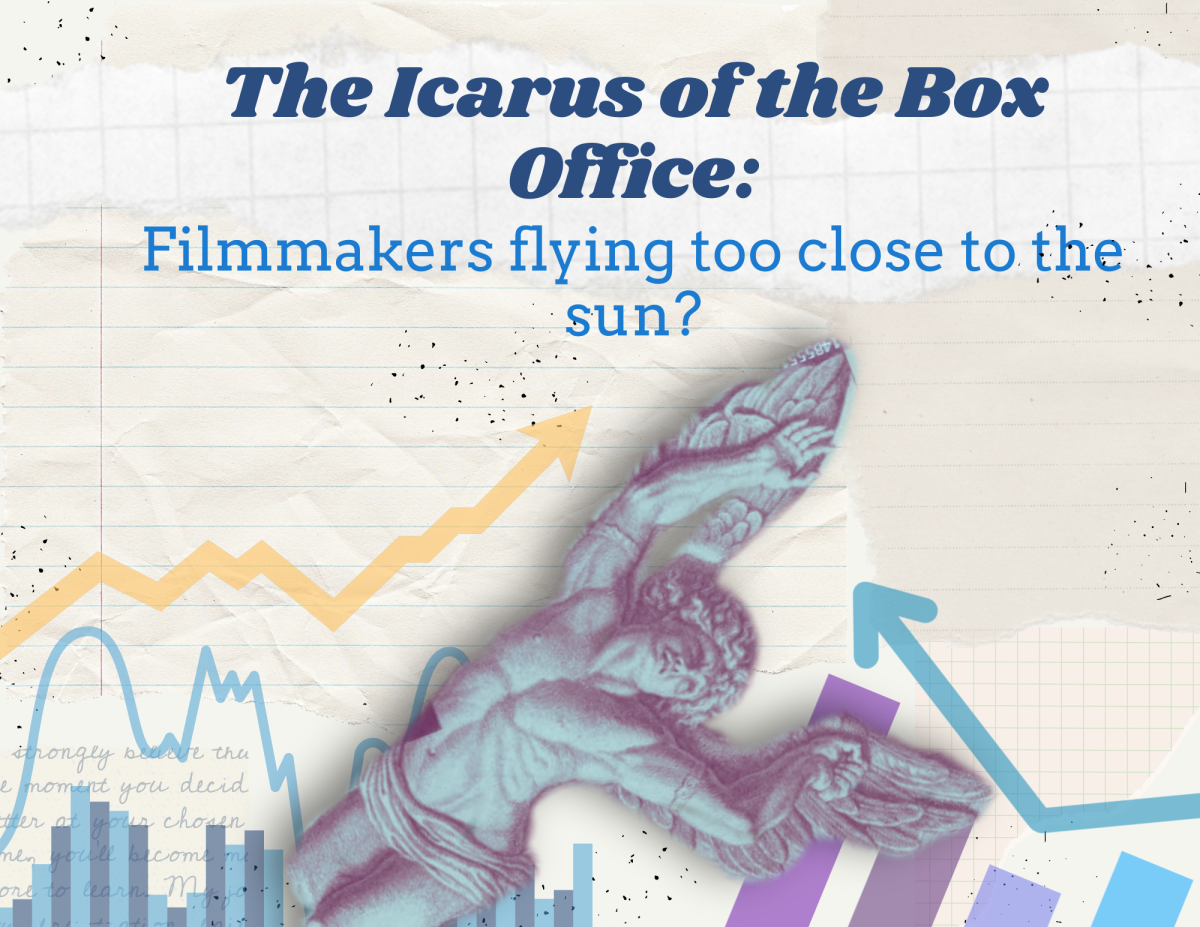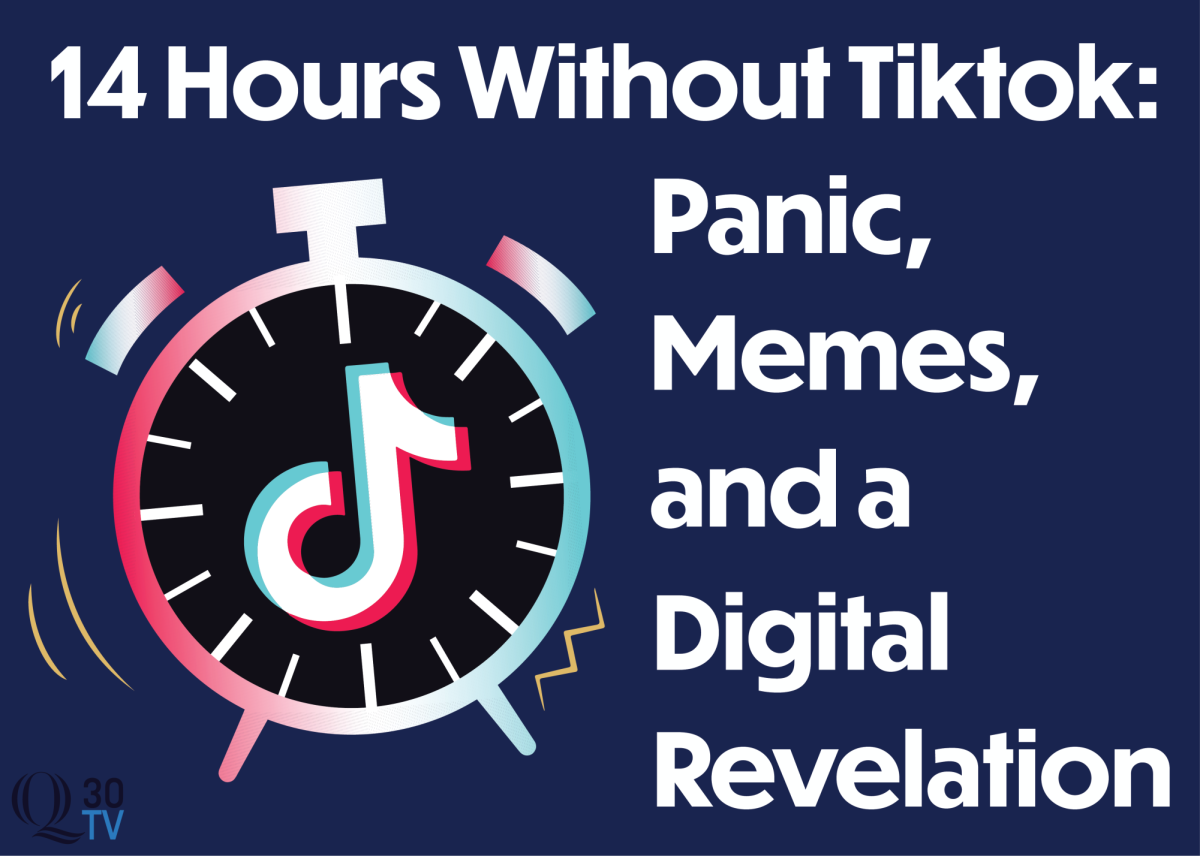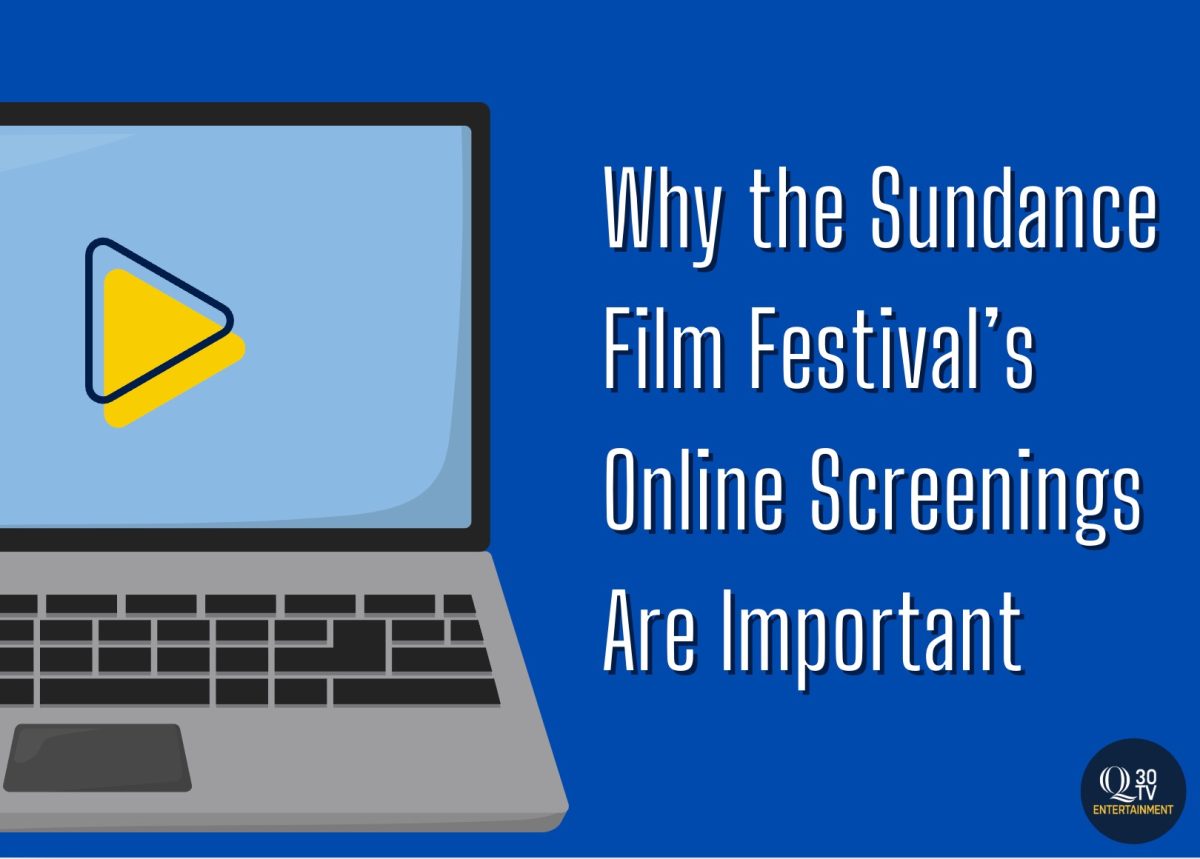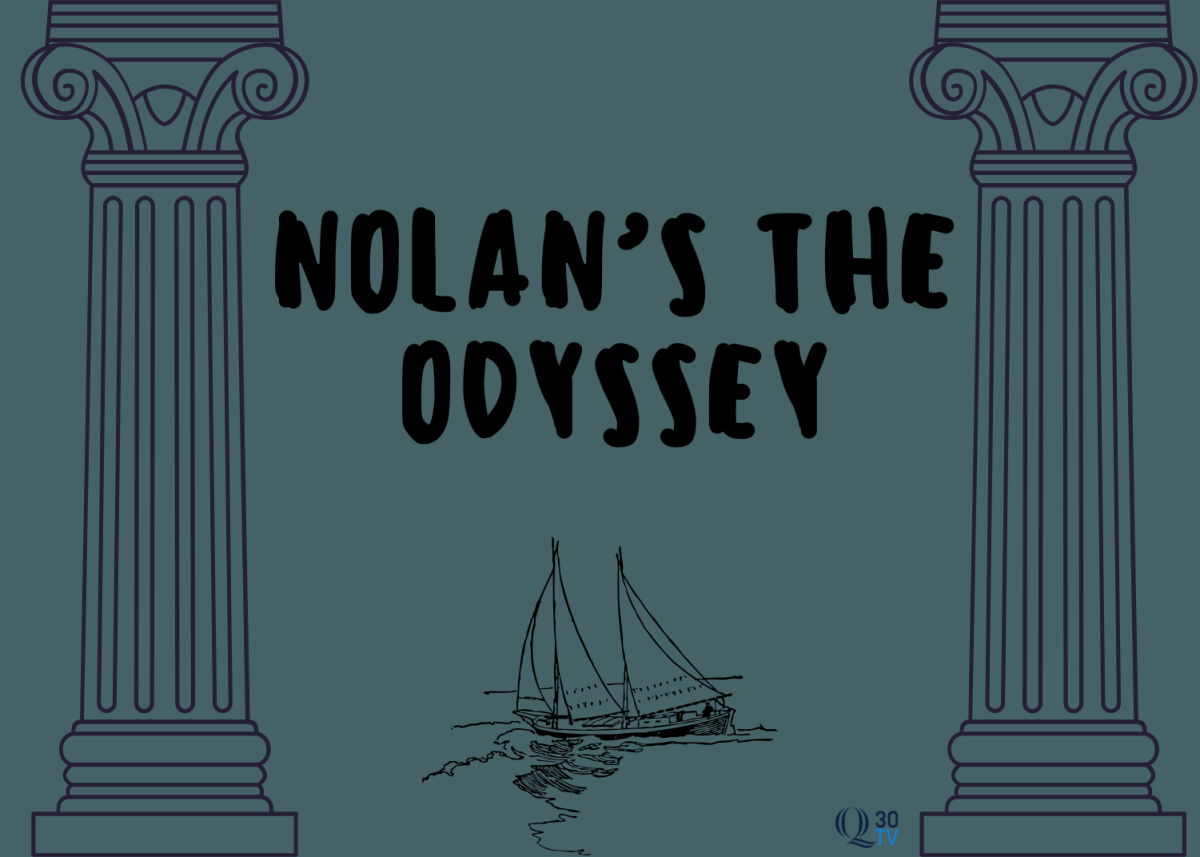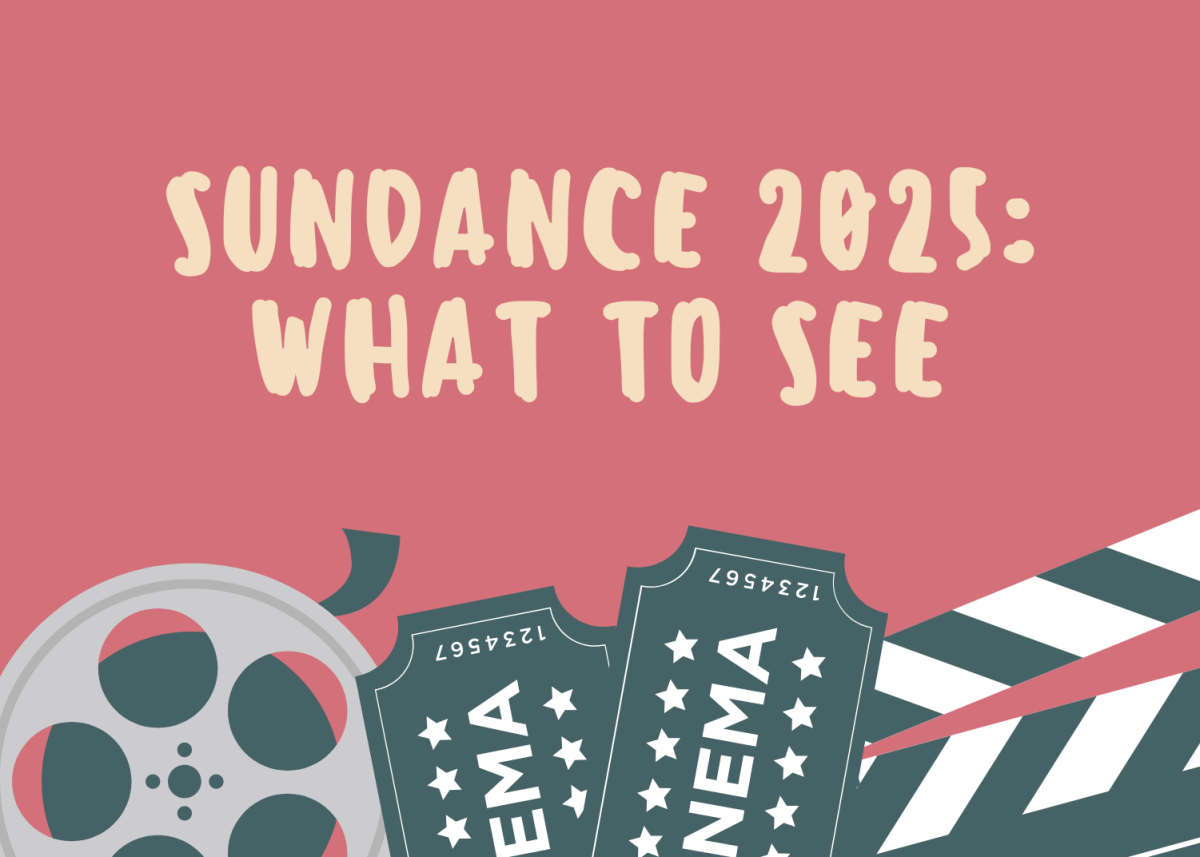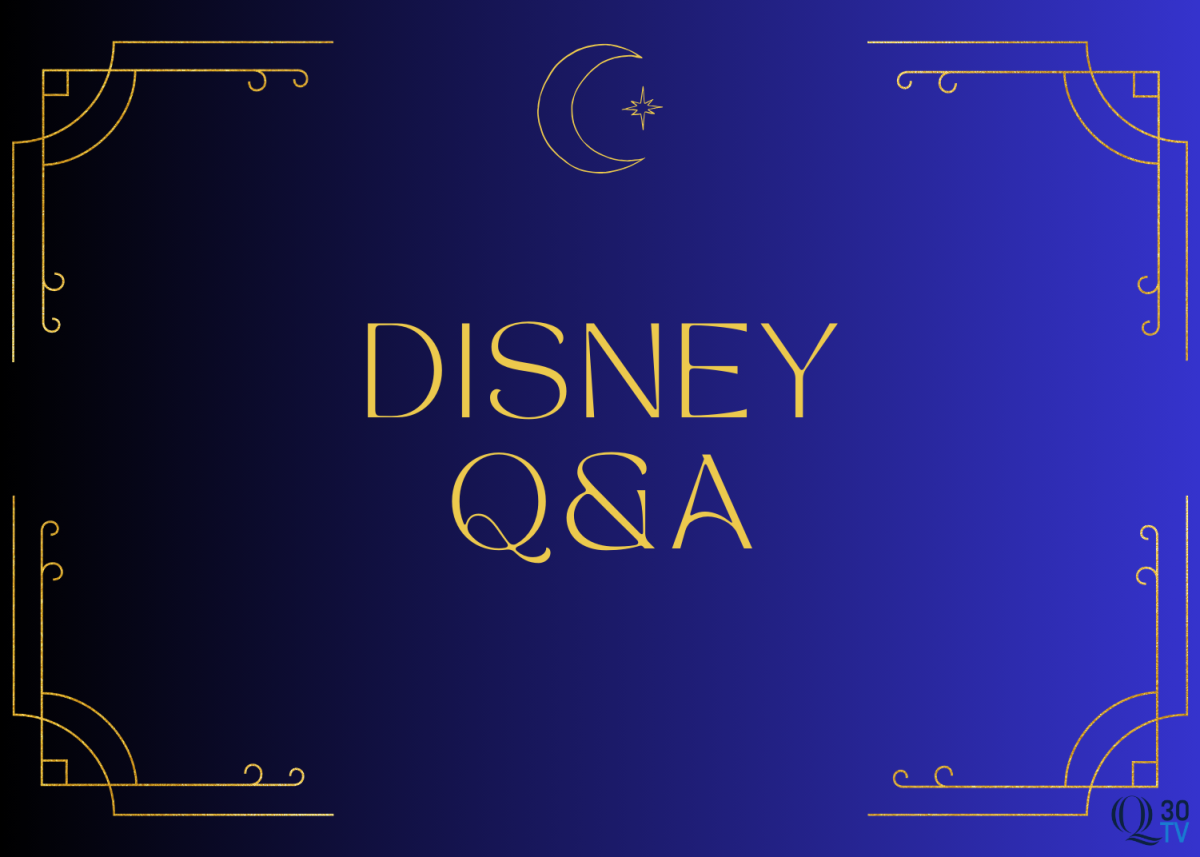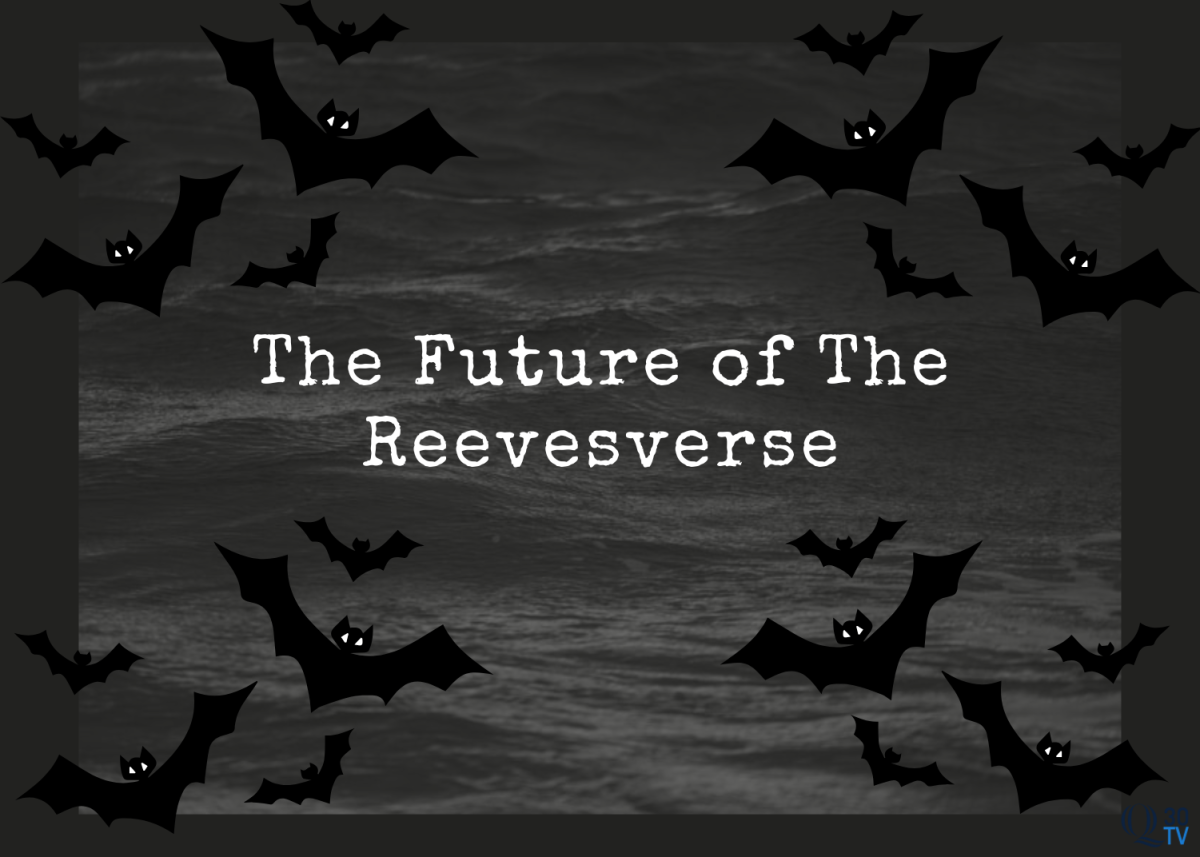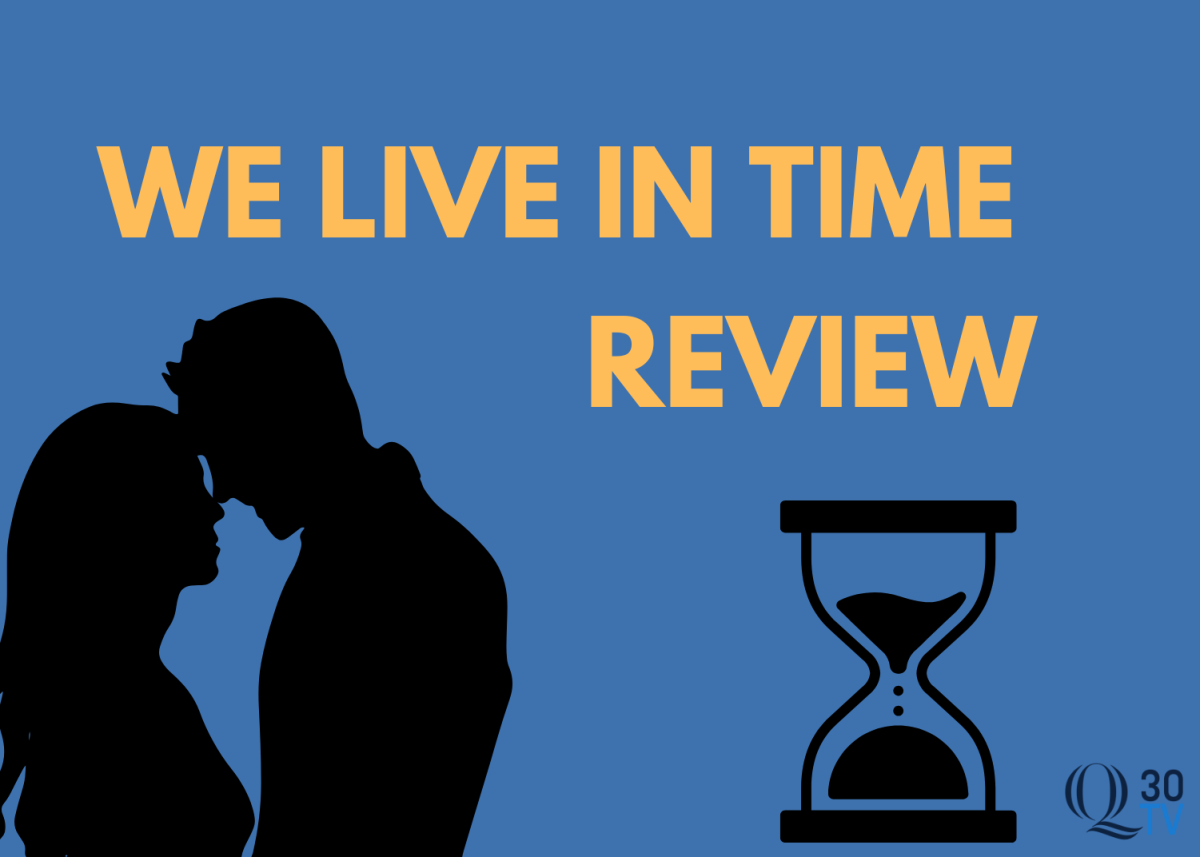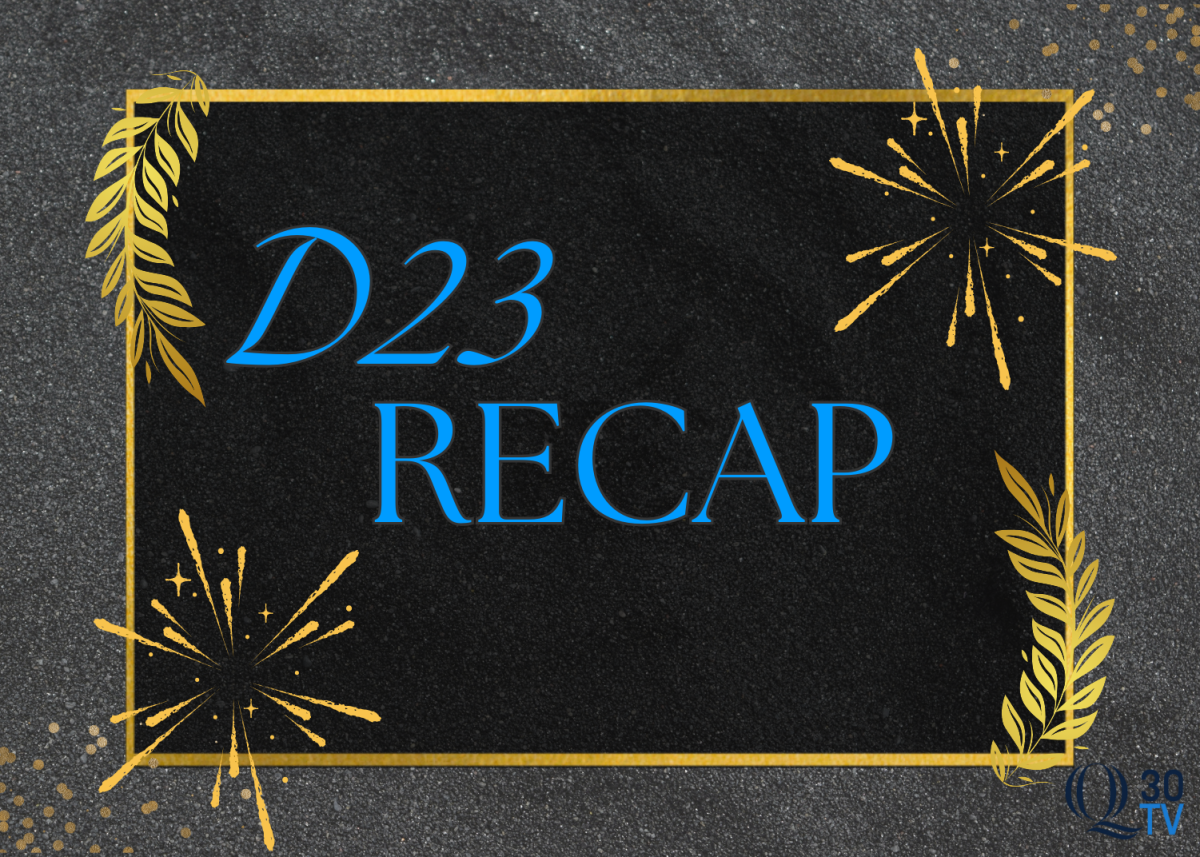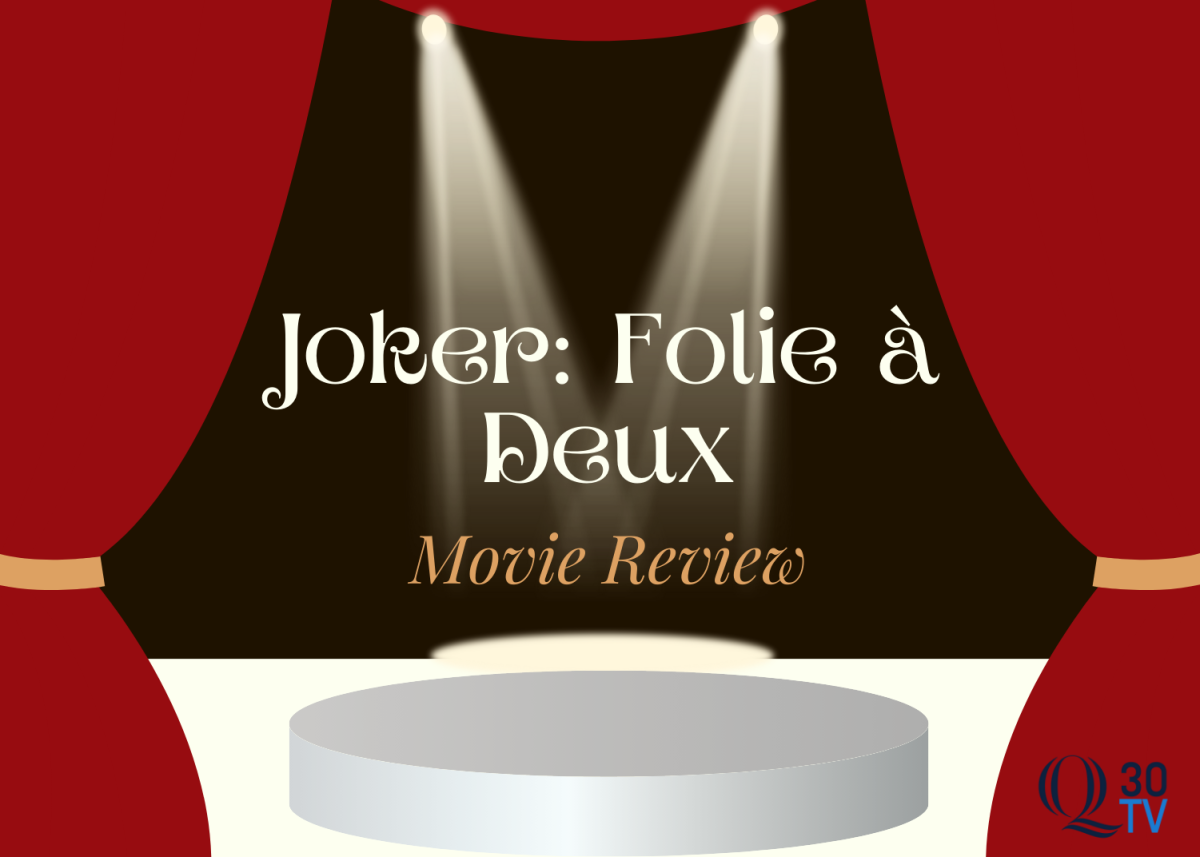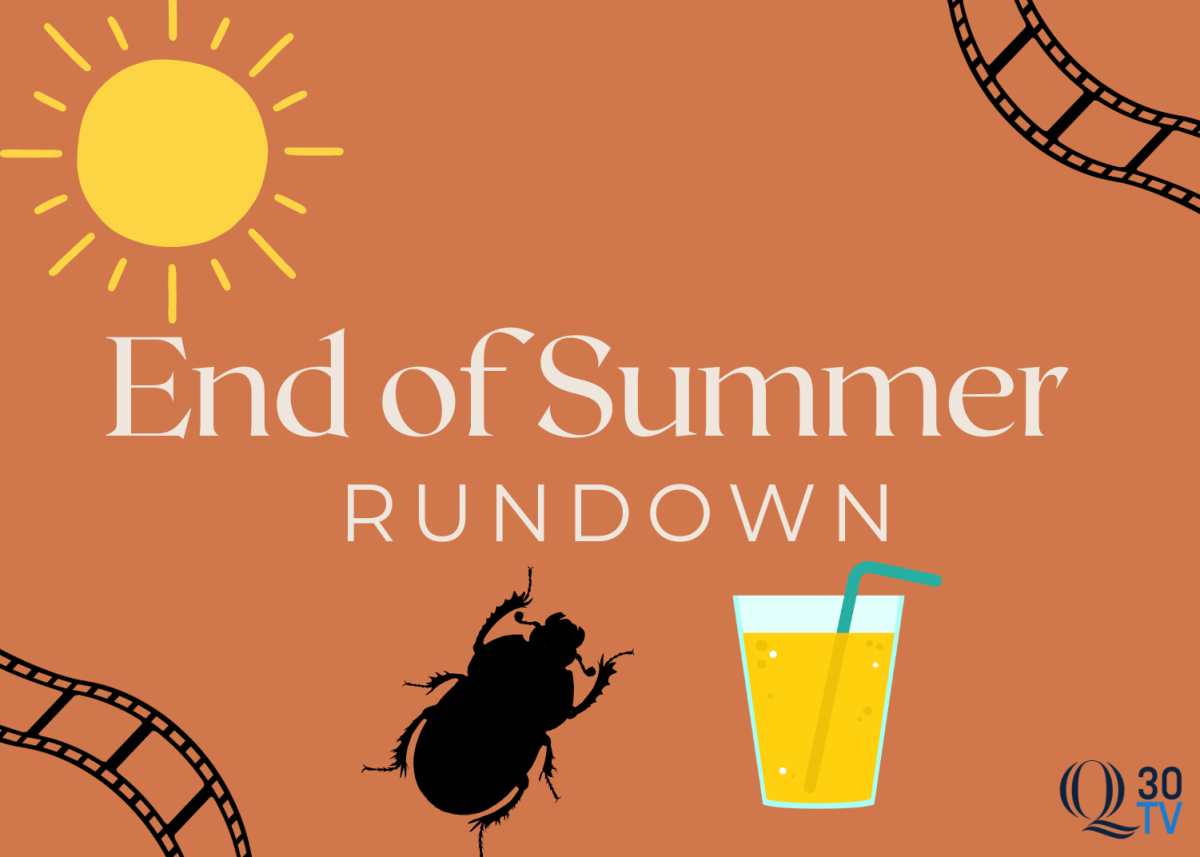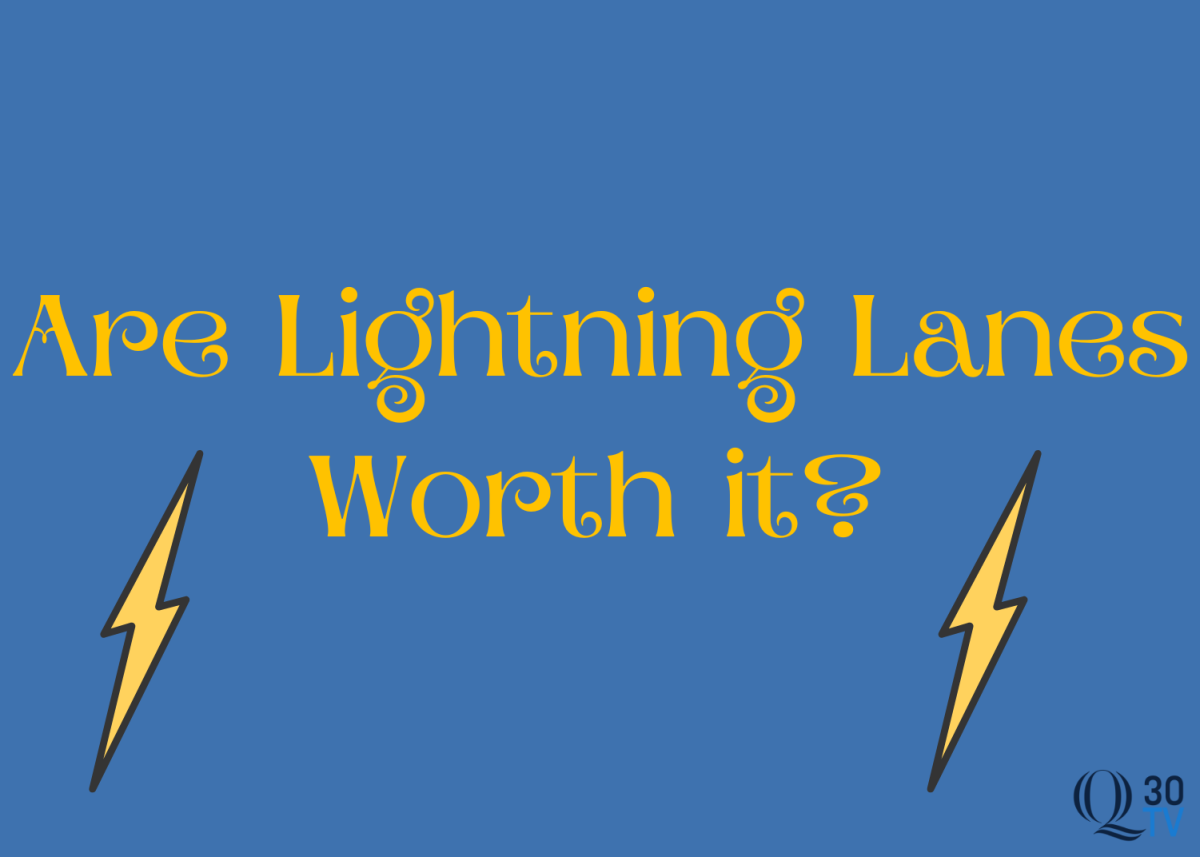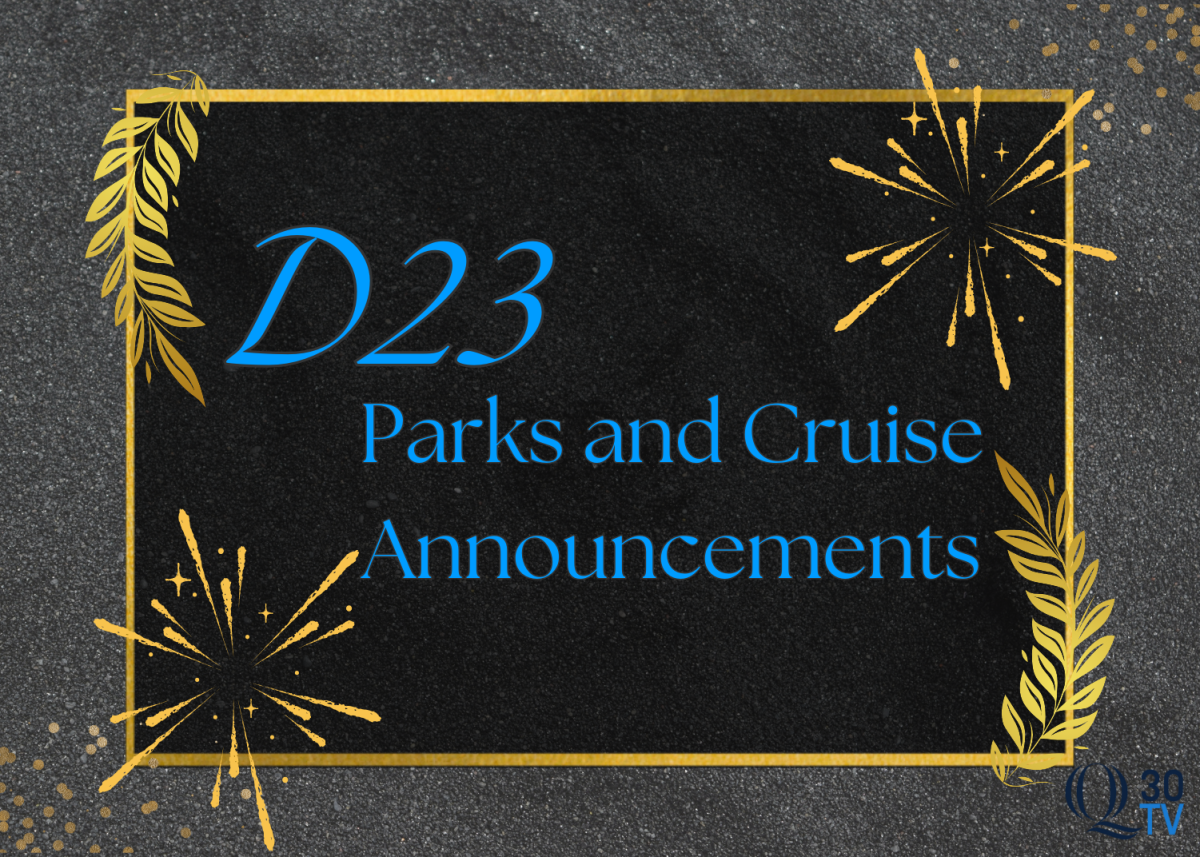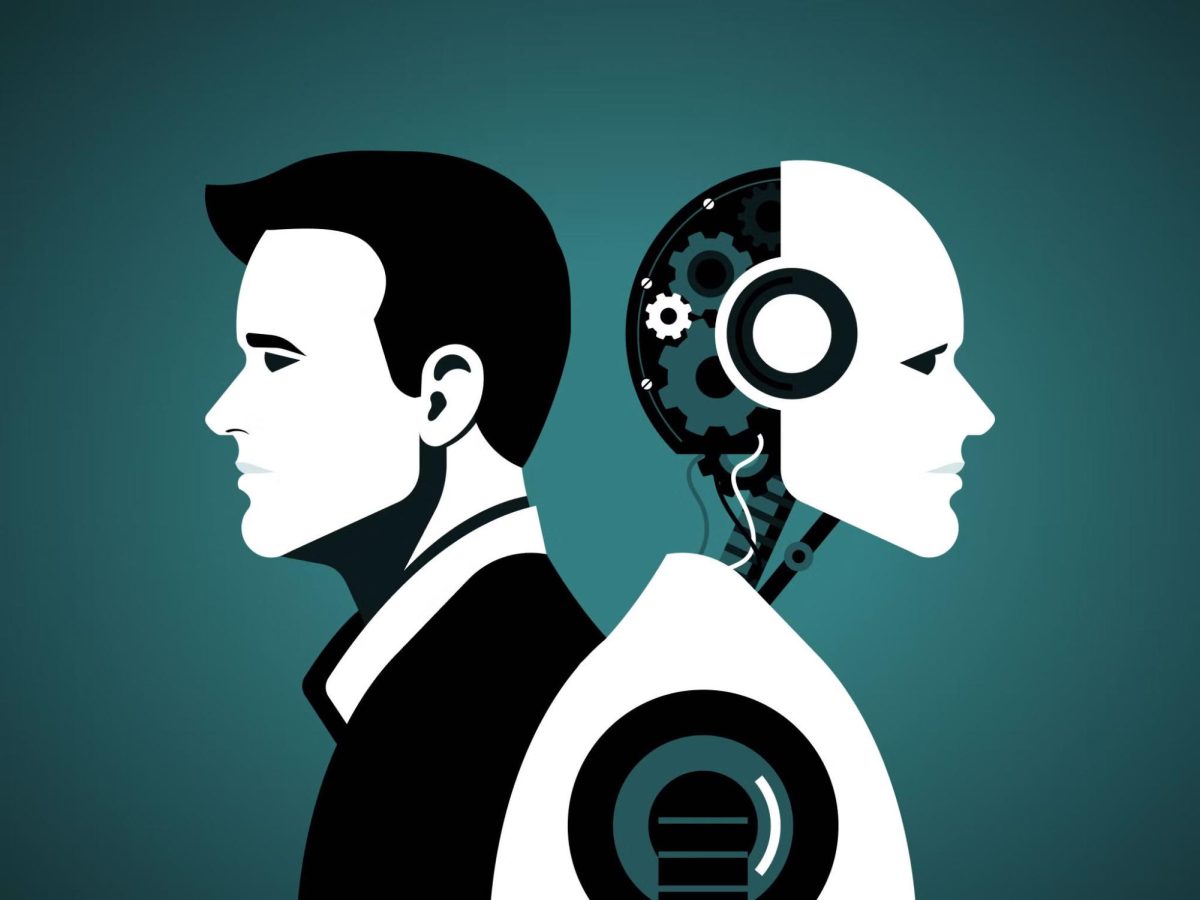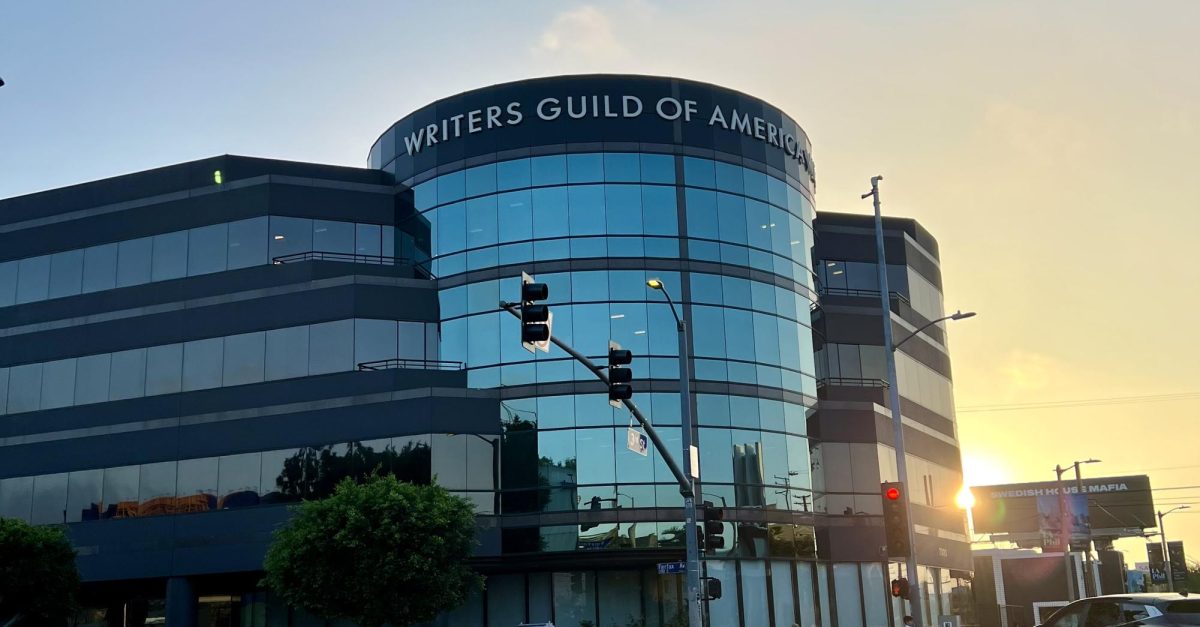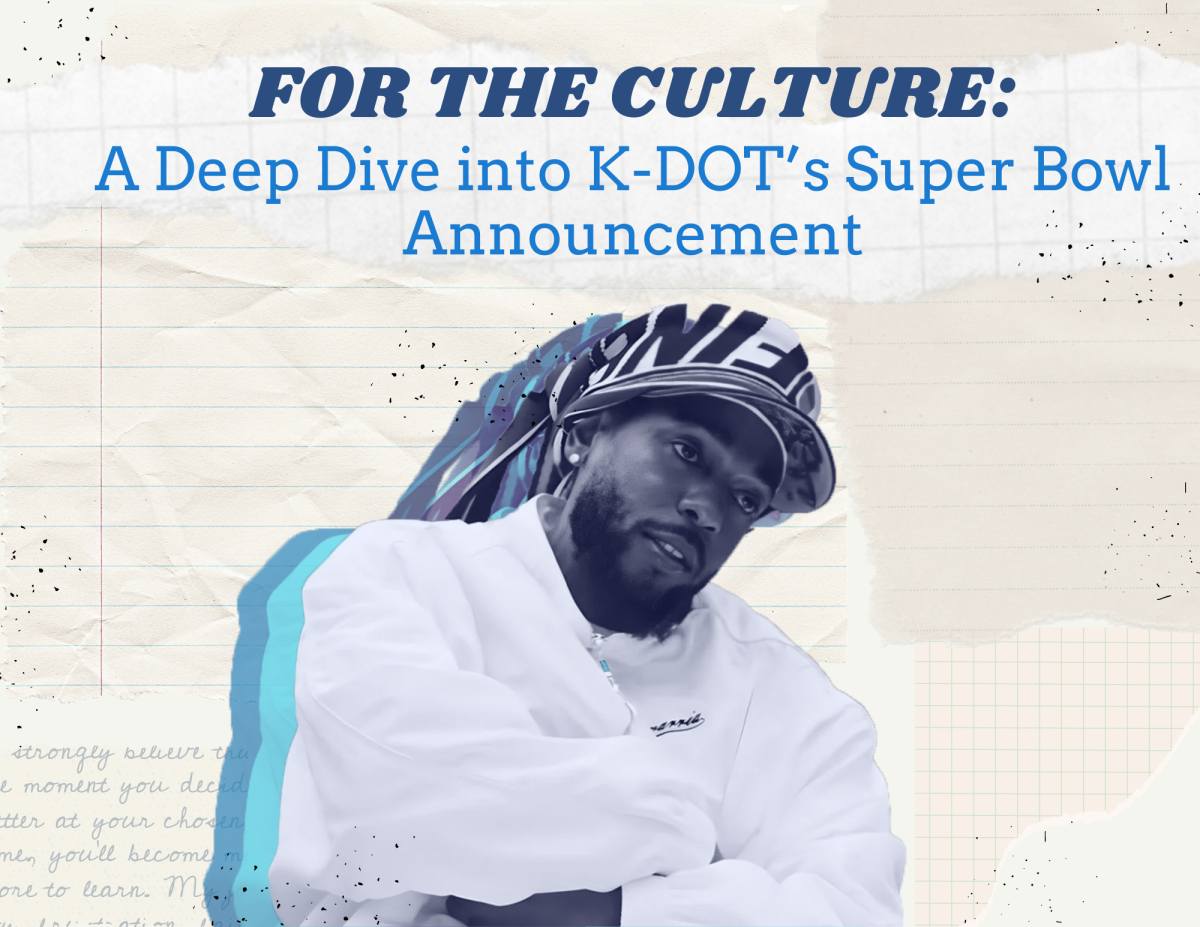This past month, we have witnessed two major flops, from two major passion projects, from two industry giants. Of course, I refer to Joaquin Phoenix’s “Joker: Folie a Deux” and Francis Ford Coppola’s “Megalopolis.”
I was lucky to see both films in great venues with packed audiences. After reaching the credits, audiences emptied the theater with sentiments similar to those seen online or on Letterboxd. While this is not a review of either of the films (although I did like both to a degree), seeing the major divide of opinion did spark my interest.
Why did these projects both fail at the box office, yet films such as “Wild Robot” succeed?
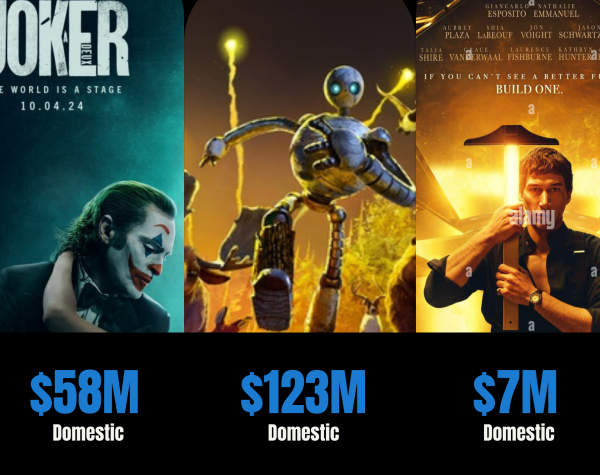
During the summer of 2023, hope was brought back to the cinema after hits like “Oppenheimer” and “Barbie” took to the silver screen, causing waves in pop culture and ratings alike. “Deadpool 2” continued this positive trend towards the industry.
There are two major issues that people had with the movies, connected universes and sequels. Viewers were oversaturated with this type of content. Instead, they desired unique stories and original ideas.
However, when the industry decided to fund two of their fattest horses, they did not win the race. Instead, a smaller intellectual property or IP called “The Wild Robot” did. Here’s why.
Audience Connectivity
Despite all three movies being original stories (what the people wanted), only “The Wild Robot” seemed to understand the importance of the above.
“Joker: Folie a Deux” was predicted to lose $150-$200 million during its theatrical release. Critics suggest that the reason for the downfall of this sequel lies with audience connectivity. In an analysis by The Guardian, “the sideways step out of realism into a cracked-voice travesty-musical was never likely to connect with the original’s core audience.”
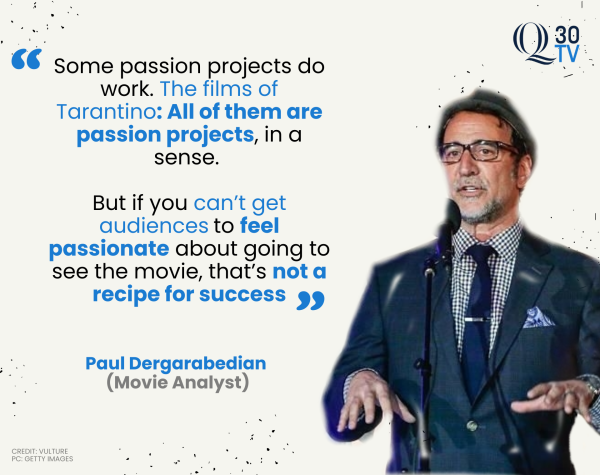
While the intention of a musical was a creative direction that could have worked, it needed to be baked into the existing themes and expectations of its original audience. Flipping the theme on its head by adding elements like romance and song isolate a huge part of the series demographic.
“Megalopolis” met a similar end, with its overly artsy vision and overloading of lore. The audience struggled to find where the plot started and lore ended. Similar to the oversaturation of Marvel movies, audience members do not want to do homework to understand a movie. Movies are meant to be relaxing first and philosophical second.
However, one movie did seem to understand this concept: “The Wild Robot.” This movie was able to bridge the gap between meaningful storytelling, audience connectivity and serve as a family-friendly film.
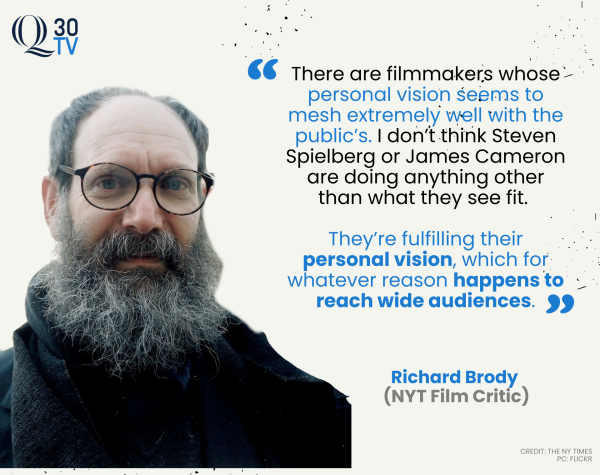
The film tackles easy-to-understand concepts for children but offers deeper messages for the adults in the audience. It does not stray from what it is meant to be, a kid’s movie. The movie knows its audience and plays its part well. By answering deep questions and tackling difficult concepts while simultaneously balancing an engaging plot for children, it has risen in the box office ratings for all ages.
So, what is the lesson here? Should filmmakers not pursue passion projects in fear of losing money, acclaim and studio backing? No. Filmmakers are who they are because they dare to show us a vision that no one else could dream of.
The important lesson for the future of the industry, or any creative is to remind yourself, who is this for? Filmmakers always have a lot to say, but always remember it’s for the audience. Audiences do not wish to be preached to. At the end of the day, they want a fun time and if it happens to line up with the director’s vision or passion, that’s also a win.


